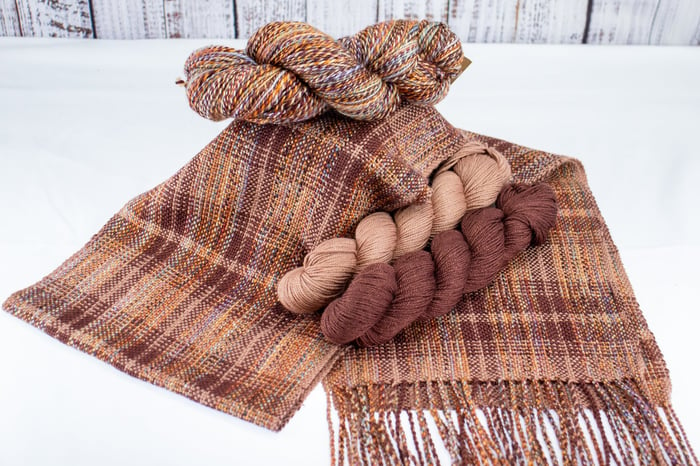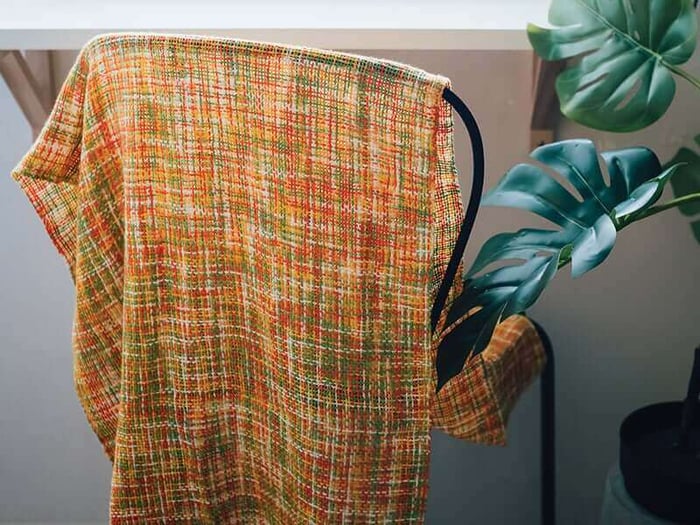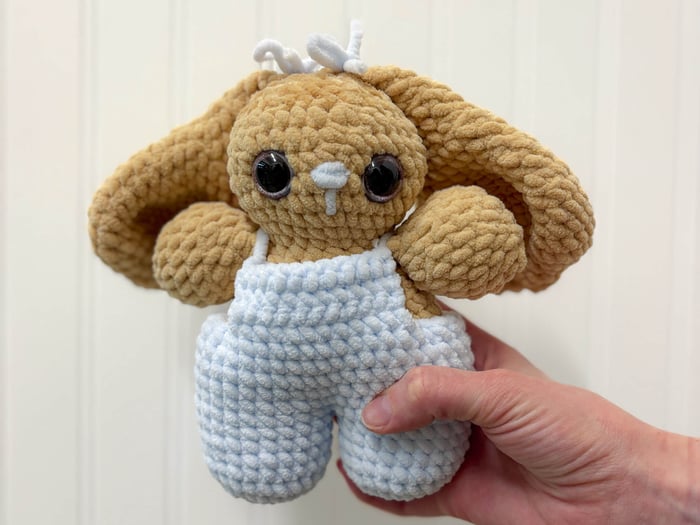Bossa Nova Patterns We Love
Free Shipping on Orders over $150*
We will be closed 12/25 & 12/26 for Christmas.


Patterns & Inspiration | Weaving | Rigid Heddle | Weaving Tutorials & Ideas

Patterns & Inspiration | Weaving | Rigid Heddle | Weaving Tutorials & Ideas

Weaving | Rigid Heddle


Weaving | Rigid Heddle | Weaving Tutorials & Ideas

Weaving | Woolery Weave Off

Yarn | Amigurumi | Reviews

Dyeing

Resources | Tutorials | Patterns & Inspiration | Weaving | Woolery Weave Off | Bluegrass Mills | Weaving Tutorials & Ideas